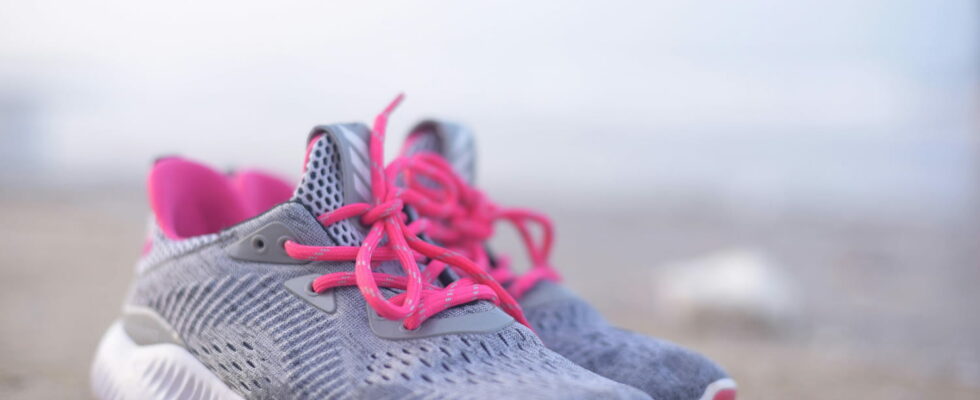How do you distinguish between a good pair of sneakers and one that won’t last? Here are the two elements to look closely at during your next purchase.
Sneakers have invaded our wardrobes, but not all are created equal. From the economical model to the most luxurious, the materials, colors and details vary: leather, canvas, minimalist or flashy, how to make the right choice? And since price doesn’t always mean quality, here are the tips you need to know to spot sneakers that won’t let you down.
First of all, the majority of them are produced in factories in Asia, where the larger houses generally share the same workshops as cheaper manufacturers. This is why quality differences do not come from the place of manufacture, but from the materials and finishes chosen. It’s these little details that will make all the difference and determine whether your shoes will last you over time. Indeed, it is easy to be charmed by the look or the notoriety of a brand, but to avoid unpleasant surprises, it is essential to check certain practical aspects.
First, opt for materials like genuine leather or some sturdy technical textiles. Natural leather ages well and adapts to the shape of the foot. Technical textiles, on the other hand, are light and resistant, perfect for prolonged use. In addition, leather or breathable textile linings will provide more comfort and prevent excessive perspiration. Know that a good pair should be pleasant from the first try on. If you directly feel discomfort or pressure points, the shoe will probably never fit you.
In addition to the fabrics that make up your sneakers, two details will immediately alert you to the quality of the product selected. First element: the seams. Quality sneakers will have neat and even seams, without dangling threads. If the stitching is uneven or spaced too far apart, there is a good chance that the shoe will quickly become fragile. A solid seam is a guarantee of quality, thus preventing the parts of the shoe from separating over time.
Second element: the sole. Most sneakers have a glued sole. This does not mean that the quality is poor, as long as the bonding is done well. Look closely at the edge of the sole: it must be perfectly glued, without any gaps with the rest of the shoe.
To test, run your nail along the joint. If you manage to slip your nail or see glue residue, this means that the finish is not optimal and that the sole could come off in the long term. You will have understood, next time, keep your eyes peeled!
